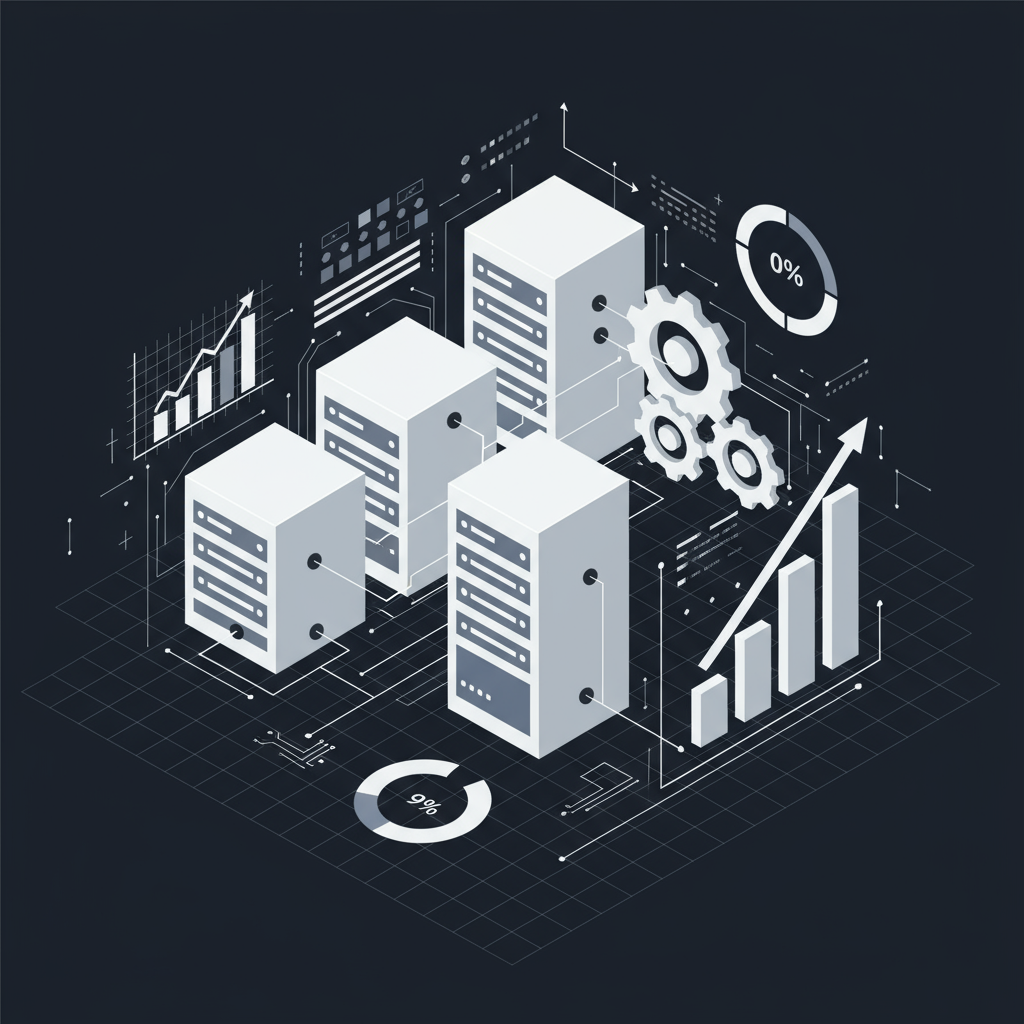
Technical AI Optimization: The Infrastructure Changes Smart Companies Are Making Now
Overview:
Technical AI Optimization refers to back-end and structural changes organizations implement to ensure their digital infrastructure is ready for AI-driven search and interactions. It’s about making your website and data “AI-friendly.” In 2025, savvy companies are retooling their technical SEO and IT setups to gain a competitive edge through technical excellence. This blog highlights the forward-thinking technical strategies that are giving some companies an advantage today.
Key Infrastructure Changes
-
Implementing Advanced Schema Markup
Smart companies are liberally using structured data (schema) beyond the basics. Schema helps AI engines interpret your content contextually. For example, e-commerce retailers add Product, Review, and FAQ schema to product pages, enabling AI summaries to pull rich info (prices, ratings, in-stock status) directly (Google Developers on Structured Data [30], Search Engine Journal: FAQ Schema [36]).
B2B firms use HowTo and FAQ schema on resource pages so that AI assistants can easily extract step-by-step answers or common Q&As. By guiding AI “where to look” in your content via schema, companies ensure their information is chosen as the answer. Google’s own guidance and industry results affirm that structured data boosts inclusion in AI overviews (Google Developers [30], Search Engine Journal [9]). -
Optimizing Content for Machine Parsing
This is a subtle but critical shift – content is formatted and coded in ways that AI algorithms prefer. Short paragraphs, descriptive subheadings, bullet lists, and clean HTML are now prioritized in content management. AI tools “scan” content rather than read it fully, so content that’s hard to extract will be skipped (Content Marketing Institute [37]).
Companies are adopting writing styles that favor clarity and extraction: e.g. defining terms clearly, using Q&A formats, and avoiding burying key facts in long paragraphs. Technically, they ensure proper HTML structure (one H1, sequential H2/H3s, etc.) so that AI can identify context and importance of each section. -
APIs and Data Feeds for AI
The most forward-thinking technical strategy is providing data directly to AI systems. Some companies are experimenting with exposing parts of their content via APIs or plugins.
Example: e-commerce players might offer a product feed API that ChatGPT plugins or shopping assistants can query. This way, when a user asks an AI, “What’s the best laptop under $1000?”, the AI could query a live database of that retailer’s products.
We see early moves here: businesses integrating with voice assistants, or submitting data to Google’s Shopping and Amazon’s Alexa. Integrations and partnerships (through plugins or structured data pipelines) are the new technical SEO. One marketing expert noted that to be visible in generative AI platforms, companies will leverage “plugins, APIs or partnerships” so AI has their info readily available (OpenAI Plugins [14]). -
Crawlability and Indexation in an AI World
Ensuring that AI models can access your content is crucial. Smart companies run AI crawl audits – similar to SEO audits but focusing on how content appears to AI. This includes checking if pages are accessible without heavy scripts (since AI crawlers might not execute JavaScript fully), ensuring robots.txt isn’t blocking APIs or important sections, and using AI site maps (an emerging practice of providing datasets of Q&A or content snapshots specifically for AI consumption).
Also, because AI often pulls from deeper pages not just the homepage (one study found 82% of AI Overview citations come from deep pages, not main pages [28]), companies are making sure their entire site is well-linked and indexed – eliminating orphan pages and improving internal links so no authoritative content is hidden. -
Infrastructure for Speed and Reliability
While speed has long been an SEO factor, it’s doubly important now. AI services might time out or skip slow sites. Companies are adopting faster hosting, CDNs, and edge computing to deliver content in milliseconds. Some have implemented server-side rendering for dynamic content so that even if an AI bot is basic, it still sees a fully loaded page.
Security (HTTPS) and reliability (uptime) remain foundational – an AI won’t recommend a site that fails to load. In summary, technical excellence (fast, clean, structured sites) becomes a competitive advantage: it’s the difference between an AI being able to easily include your content or overlooking it for a better-structured competitor’s site (Google PageSpeed Insights [38], Cloudflare on Edge Performance [39]).
Competitive Edge
These technical optimizations are not just IT chores; they translate to business wins. Early adopters of “AI-friendly” infrastructure see their content quoted more often and more quickly by AI platforms (Search Engine Land [40], HubSpot AI SEO Study [41]).
Pages optimized for clarity and structure are being surfaced faster and cited more across both traditional engines and AI assistants. By investing now in technical improvements – essentially laying the railroad tracks for AI discovery – smart companies are future-proofing their digital presence. This forward-thinking technical strategy ensures they don’t just keep up with competitors, but leapfrog those slow to adapt.
